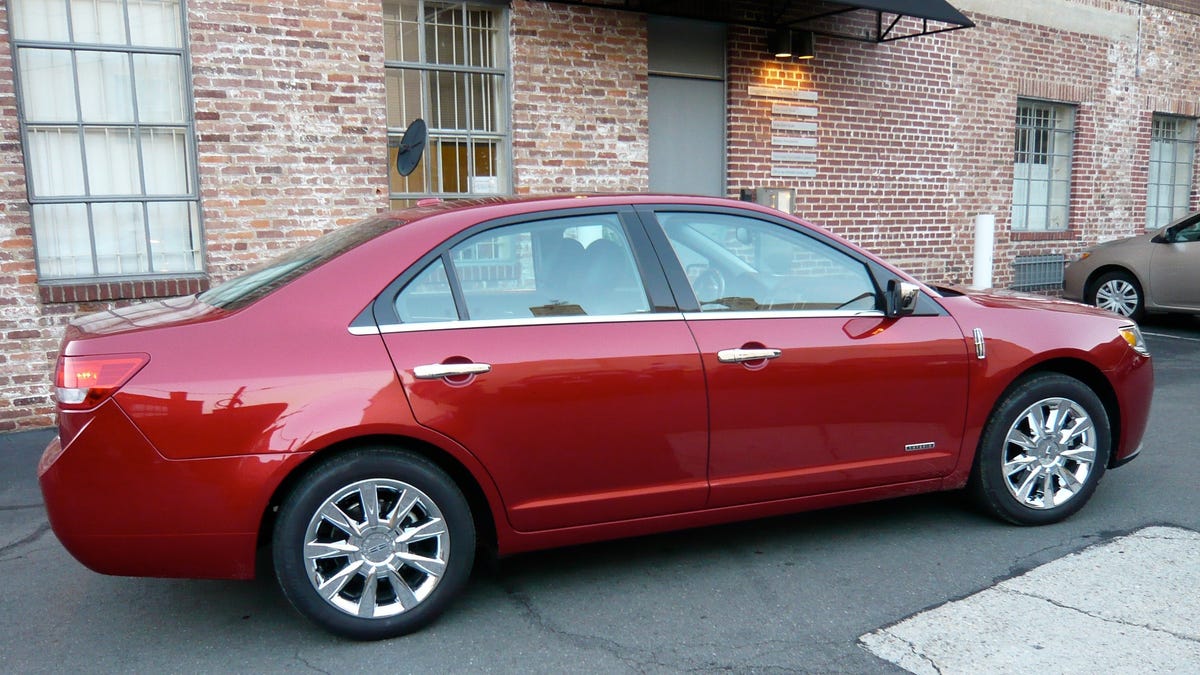ExxonMobil: Half of all vehicles will be hybrids by 2040
You may or may not be a hybrid fan today, but by 2040 there's a one in two chance you'll be driving one.

You may or may not be a hybrid fan today, but by 2040 there's a one in two chance you'll be driving one.
ExxonMobil released its annual Outlook, which takes a look at the future of global energy demands and consumption, and forecasts that the global number of personal vehicles on the road will nearly double over the next few decades to to 1.6 billion cars. But to keep fuel demand and consumption in check, half of them will be hybrids.
Government fuel economy standards are the driving force that will make hybrids mainstream. Manufacturers are responding to increasing vehicle fuel efficiency requirements by producing electric, plug-in hybrid, and alternative fuel powerplants, but the most cost effective way to meet these goals is to use a hybrid powertrain. By 2040, hybrid vehicles will represent 50 percent of all vehicle sales, as opposed to 1 percent today. They'll also be the cheapest solution, says ExxonMobil.
Hybrid vehicles increase fuel efficiency by using a battery to power an electric motor that assists a conventional gasoline engine in propelling a vehicle. However, the additional equipment that makes the vehicles more efficient also makes them more expensive. By 2030, ExxonMobil expects that, on average, hybrid vehicles will cost about $1,500 more than a similar-sized conventional vehicle. However, the 2012 Lincoln MKZ Hybrid is already sold for the same price as it's gas-only twin.
The energy company is also predicting a negligible economy of scale benefit for compressed-natural-gas (CNG) vehicles. Although CNG vehicles will increase to 5 percent of the global fleet in 2040--their growth limited by difficult infrastructure expansion--they'll still carry a $4,000 premium. But that's pretty much what it is today. The 2012 Honda Civic CNG already retails for $4,500 more than the comparably equipped Civic.
In the future, electric vehicles won't be a bargain, either, says ExxonMobil. The company is predicting that EVs will still bear a pricetag that's $12,000 higher than a comparable conventionally powered auto. At that price point, fuel prices would need to be more than $10 a gallon for consumers to recoup the additional expense within 5 years. At $4 a gallon, it would take more than 15 years for electric car buyers to reach the break even, says ExxonMobil.
However, that $12,000 premium is what consumers face now without the current $7,500 federal tax incentive. It would seem likely that economies of scale or improved battery technology would bring the cost down a little over the next two to three decades. You wouldn't be blamed if you wondered if the energy giant wasn't being overly pessimistic on the growth of alternative fuels and electric powertrains to protect one of their core business arms, which is to sell oil.
Overall, global energy demand will be about 30 percent higher in 2040 compared to 2010. But fuel efficient vehicles will play a large roll in tempering demand for oil. In fact, by 2040, 90 percent of global transportation will run on liquid petroleum-based fuels, compared to 95 percent today. Accordingly, carbon dioxide (CO2) emissions will peak around 2030, and then slowly decline through 2040.

